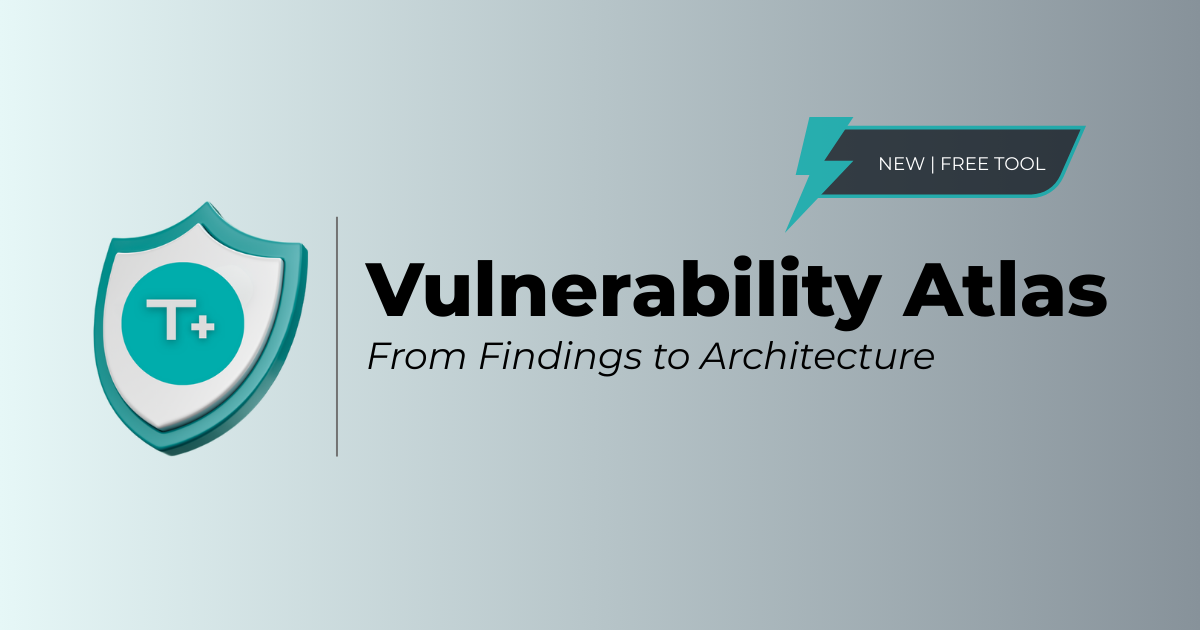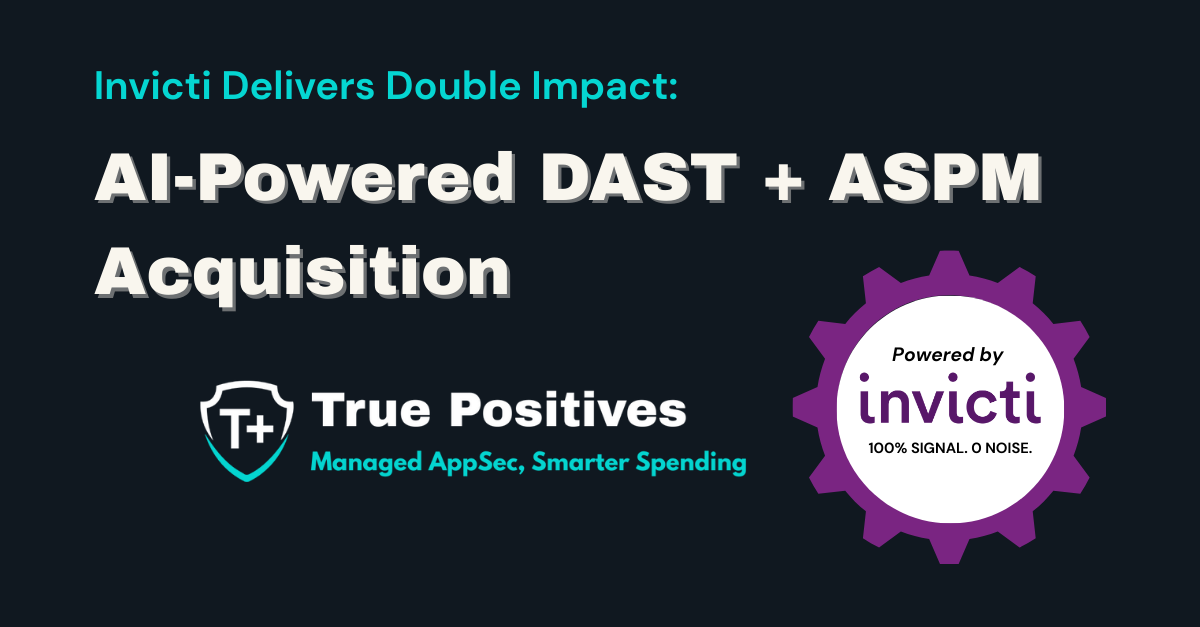Will AI Revolutionizing Software Engineering and Security?
The software industry is on the brink of a revolution and Artificial intelligence (AI) is the driving force. Imagine software that writes itself, tests itself, and even helps mitigate potential security flaws. AI is poised to transform every stage of the software lifecycle, from design to deployment, making software creation faster, more efficient, and more secure than ever before.
This article demonstrates how AI agents, each specialized to handle distinct aspects of the software development lifecycle, will help to coordinate delivery of secure software as we move forward. Agents will leverage different artificial intelligence capabilities at speeds that humans cannot compete with, ensuring robust security at every stage.
AI Agents and Software
A software creator wants a product to be built. They provide a general description to the Application Generator (AG). The AG leverages large language model technology to analyze the requirements and interact with the software creator to refine them and build out an expected set of inputs and outputs for testing.
While the AG is working with the software creator, it also collaborates with a domain modeler. Domain modeling allows software to be created using the language of the domain. This ensures that if someone were to review the source code, they would understand the intent of the application. Importantly, security considerations are embedded from the outset, ensuring that no real software is created until the model meets stringent security standards.
Once the AG and software creator agree that the model is accurate for the intended goal, software creation begins. Coding Agents, likely to be Reinforcement Learning AIs, build the software based on the Model Agent’s specifications.
These are divided into several specialized types:
- User Interface Agent: Focuses on building the front-end aspects of the application, ensuring that the user interface is intuitive and responsive.
- Infrastructure Agent: Works on the database, infrastructure as code, and other shared service layers, implementing best security practices.
- Service Agent: Develops the business logic and services layer, integrating various application functionalities securely.
This development process includes rigorous testing. Security testing, unit testing, model validation, and performance assessments are integral parts of this phase.
Once completed, the Coding Agent will deploy the runtime and notify a Testing Agent to perform more detailed testing. This comprehensive test suite will dive deeper into security, functionality, performance, usability, load testing, and more, ensuring that the application is robust against potential threats.
Revolutionizing Software Engineering with AI
Software engineering consists of repeatable tasks. Like physical architecture, variations in software are more about preferences than the underlying principles of high-quality applications. As software development embraces the power of artificial intelligence (AI), established practices are evolving to ensure efficient collaboration, security, and innovation. Here are some of the evoutions in software practices I expect to see in the future.
Design: Security by Design
Most software can be developed using similar models. There will be slight variations in the design based on priorities within the application. Like a building, basic principles will remain the same. This means that Coding Agents can leverage well-known practices and deliver complex designs that are secure and efficient. Security considerations are embedded in the design phase, ensuring that vulnerabilities are addressed early. The use of reinforcement learning practices drives the ability to update models for future iterations.
Coding: Enforcing Secure Practices
While there are many ways to implement specific algorithms, the variants aren’t typically needed. At its core, programming languages are grammar and foundational components. Each language has its strengths, but ultimately, while there may be infinite ways to implement software, there are better ways than others, leading to a finite set of options. Coding Agents enforce secure coding practices, minimizing the risk of introducing vulnerabilities.
The drastic change with software which is AI generated is there is potential to limit the need for third party libraries. While software reusability is an important aspect of software engineering, the bulk of software imported by third party libraries is not used. The ability for AI to have these libraries in their models will drive optimizations while decreasing surface area. This makes it easier to secure.
Testing: Advanced Security Testing
AI’s synthetic data generation combined with reinforcement training changes testing. Combine that with the potential of Large Action Models (large language models for runtimes), and there is a non-zero chance of legitimately bug-free software. The keyword here is bug-free. Architecture or business logic flaws will almost certainly still exist. Advanced security testing ensures that even these flaws are minimized.
Support Lifecycle: Continuous Security Management
AI has the potential to write user documentation as it builds. It will also manage documentation while reviewing and potentially responding to support tickets. Another interesting possibility is the ability to create dynamic bindings between versions of software should a breaking change be required. Continuous security management ensures that the application remains secure throughout its lifecycle.
Source Control: Contextual Security
Software is a living thing. It evolves as needs and technology change. AI will leverage it in some way. The typical options involve feature branching, version branching, or feature flagging. Feature flagging makes more sense in this style of development. It gives the agents better context of the software in terms of capabilities and what needs to be tested at any one time, ensuring continuous security context.
Requirements Tracking: Secure Development
Requirements are usually tracked to give both a historical context of the software product and its current state. This still holds value even for automated creation. It will provide the AI with the capability to hold conversations with the software creator to discuss priorities and possibly push for needed business functions. Secure development practices are maintained through rigorous requirements tracking.
Software Security: An Integral Component
Security testing won’t go away. Coding Agents and Testing Agents can use software security testing agents. The Application Generator and Domain Builder have the capability to better handle access controls and business logic security. Security is an integral component of every stage, ensuring robust defenses against potential threats.
Prioritizing Security in an Automated AI Future
As AI continues to revolutionize software engineering, integrating advanced security measures into every phase of the development lifecycle is crucial. Automated workflows must prioritize security to protect against emerging threats and vulnerabilities. By embedding security from the initial design through to deployment and maintenance, AI-driven development can produce not only efficient and innovative software but also secure and resilient applications.
The future of software engineering is here, and it is automated, intelligent, and secure. Ensuring that security remains at the forefront of these advancements will be the key to harnessing the full potential of AI in software development.




